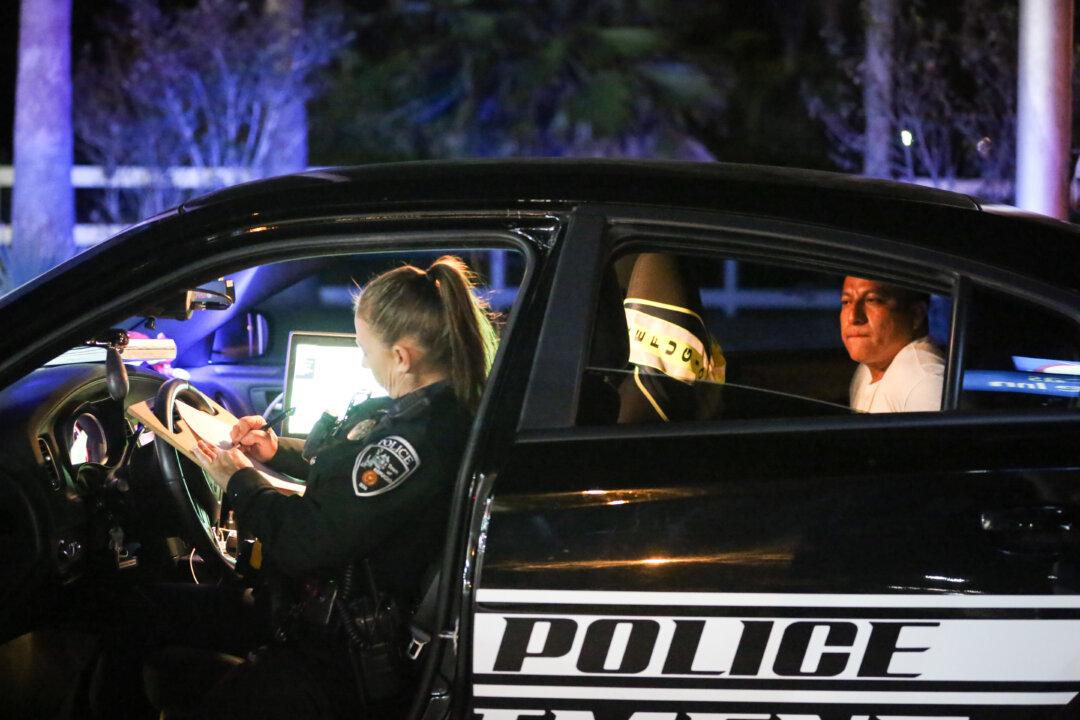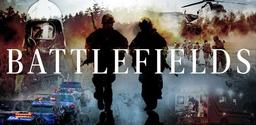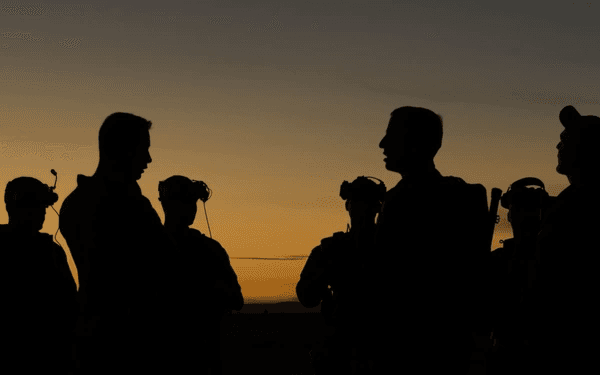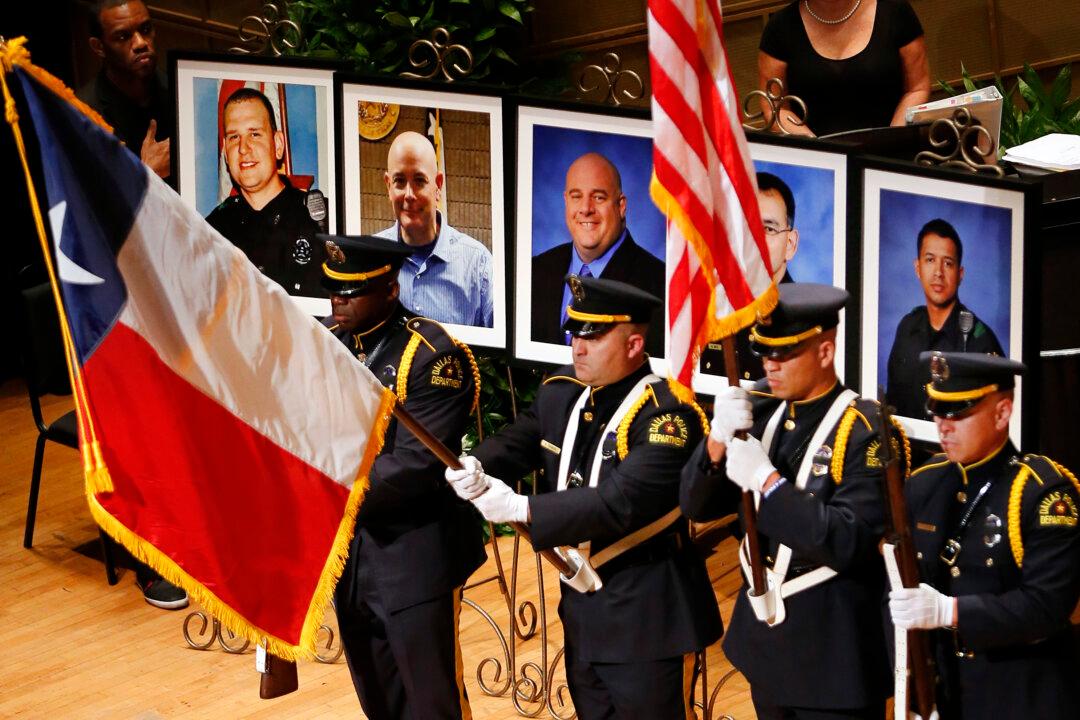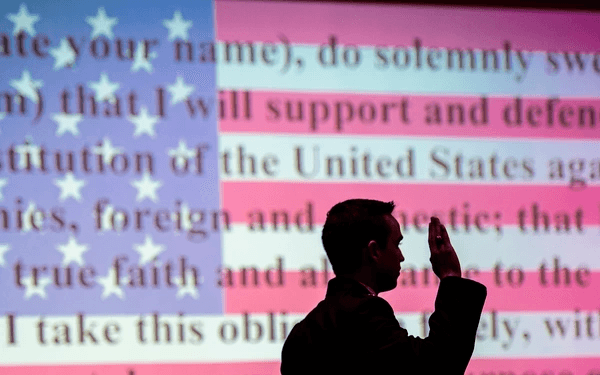Commentary
“Left of Bang is an idea that is part of the Marine Corps Combat Hunter Program. Left of bang is everything you do before shots are fired, the lethal threat is presented, or a physical assault begins. Bang is the violent act or the event which occurred where control was lost, and right of bang is what happens after. Most past law enforcement and military has been right of bang. Now, left-of-bang concepts must be discussed and introduced to military and forward-thinking law enforcement personnel.” — Michael Malpass, “Taming the Serpent”
